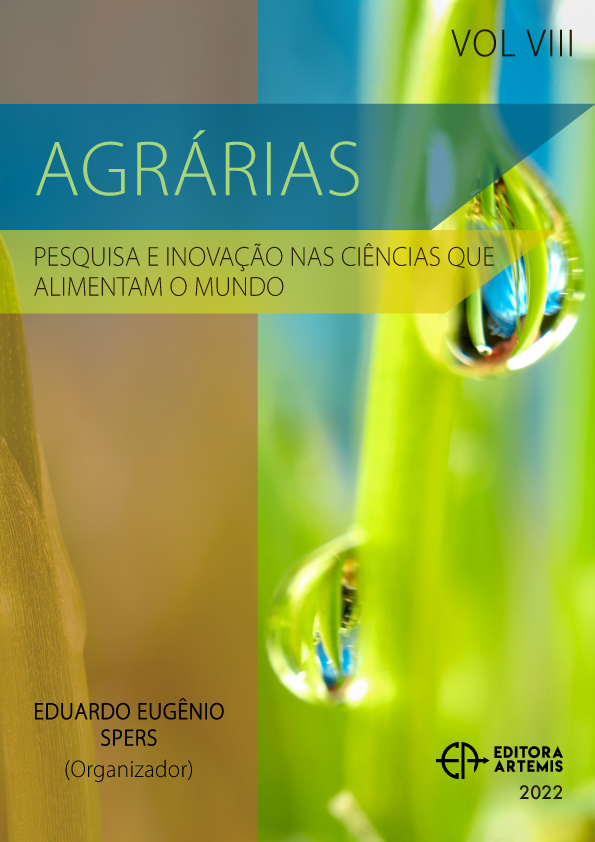
ESPECIES FORESTALES DE IMPORTANCIA CULTURAL DE BADIRAGUATO SINALOA
El objetivo de este estudio fue documentar las especies forestales de importancia cultural en la cabecera municipal de Badiraguato, Sinaloa, México, por tal motivo en el año 2020 se aplicaron 62 listados libres y entrevistas en la cabecera municipal, las preguntas incluyeron el nombre de los sistemas agroforestales de la región, los árboles considerados de importancia cultural en la comunidad, su ubicación, formas de uso y manejo, con la información obtenida se calculó el Índice de Fidelidad (IF) de Friedman para evaluar las especies con mayor frecuencia de mención y consenso entre la población. Los resultados señalaron 66 especies forestales útiles, se documentaron ocho formas de aprovechamiento, tres sistemas agroforestales y tres formas de manejo, se encontró que la especie con mayor número de usos, formas de manejo y presente en los sistemas agroforestales fue el cardón seguido por el guamúchil, la guásima, el pochote, el tepehuaje, el palo Brasil, la ciruela, el guaje, el guanacaste, la ilama, el guayabo y el palo colorado, la mayoría especies nativas del país. Sin embargo, los resultados de Índice de Fidelidad incluyeron principalmente a especies introducidas como los cítricos, el mango y el aguacate, cultivados como frutales y ornamentales en los huertos familiares. Aunque en la actualidad no existen grupos étnicos en la zona de estudio, los resultados sobre las formas de uso, aprovechamiento y manejo coinciden con los reportados por otros autores para los grupos indígenas mayo del norte del Estado. Se recomienda la realización de estudios más profundos sobre el impacto de las formas de manejo en los procesos de diversificación de las especies nativas e introducidas, así como la creación de paisajes culturales para la región.
ESPECIES FORESTALES DE IMPORTANCIA CULTURAL DE BADIRAGUATO SINALOA
-
DOI: 10.37572/EdArt_2608226823
-
Palavras-chave: Sistemas agroforestales, especies nativas, mayos, biocultural
-
Keywords: Agroforestry systems, native species, mayos, biocultural
-
Abstract:
The aim of this study was to document the forest species of cultural importance in the municipality of Badiraguato, Sinaloa, for this reason in 2020, 62 free lists and interviews were applied, the questions included the name of the agroforestry systems of the region, trees considered of cultural importance in the community, location, forms of use and management, the Friedman Fidelity Index (IF) was calculated to evaluate the species with the highest frequency of mention and consensus among the population. The results indicated 66 useful forest species, eight forms of exploitation, three agroforestry systems and three forms of management were documented, it was found that the species with the highest number of uses, forms of management and present in the three agroforestry systems was the cardón followed by the guamúchil the guásima, the pochote, the tepehuaje, the brasil wood, the plum, the guaje, the guanacaste, the ilama, the guayabo and the redwood, most of which are native species of the country. However, it was observed that the results of the Fidelity Index included mainly introduced species, cultivated as fruit trees and ornamentals in home gardens, such as citrus, mango and avocado. Even though currently there are no ethnic groups in the study area, results on the forms of use and management coincide with those reported by other authors for the mayo indigenous groups of the north of the State. It is recommended that more in-depth studies will be carried out on the impact of management forms on the diversification processes of native and introduced species, as well as the creation of cultural landscapes for the region.
-
Número de páginas: 17
- Aidé Avendaño Gómez
- Yulisa Rodríguez López
- Heréndira Flores Almeida
- Gilberto Sandoval Varela
- Bladimir Salomón Montijo

